
The icon of modernist art: Andy Warhol
Written by Neelakshi Chakraborty
Modern art is an ambiguous term. It encompasses a variety of movements, terms, artists, and works. However there is one artist who is synonymous with modern art – Andy Warhol. His entire philosophy reverberates with the ethos of ambiguity . This very ambiguity, coupled with multiple points of reference, underscores his central position in contemporary culture.
Born on the 6th of August 1928 in Pittsburgh, Pennsylvania, US, Warhol became famous as the leading figure of the artistic movement called pop art. Andy Warhol died in New York, US, on the 22nd of February 1987, at the age of 58. After his death, Warhol’s work was the subject of many retrospective exhibitions and a museum, The Andy Warhol Museum was established in his hometown Pittsburg in memory of his art and life.
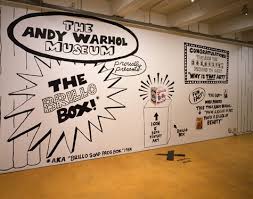
Artsome presents some different techniques/ innovations espoused by Warhol, which makes him such a trend-setter in the world of art.
Early art
While making a name for himself in New York, Warhol participated in the exciting metropolitan cultural life of the city. Warhol longed to be known as a fine artist. For the first time since his student years, he returned to painting on canvas. He was engrossed in the contemporary art world of downtown Manhattan—this scene embraced new forms of all arts, including dance, performance and film.
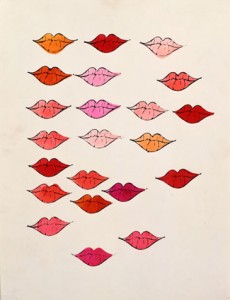
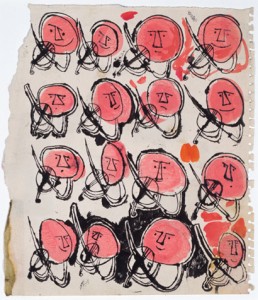
Blotted-Line Technique
The technique required Warhol to tape two pieces of blank paper together and then draw in ink on one page. Before the ink dried, he would press the two pieces of paper together. This resulted in a certain kind of messed up irregularity.
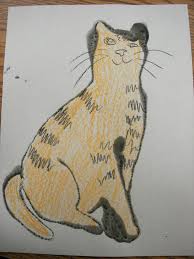
Pop Art
Pop art was a new style of art that began in England in the mid-1950s. Warhol turned away from the blotted-line technique and chose to use paint and canvas but at first he had some trouble deciding what to paint. Warhol began with Coke bottles and comic strips but his work wasn’t getting the attention he wanted. Warhol’s first exhibition in an art gallery came in 1962 at the Ferus Gallery in Los Angeles. He displayed his canvases of Campbell’s soup, one canvas for each of the 32 types of Campbell’s soup. He sold all the paintings as a set for a $1000.
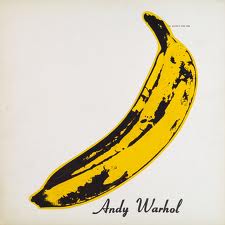
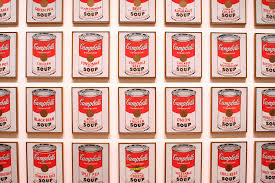
Silk Screening
Another new technique which Warhol dabbled in is known as silk screening. In doing so, Warhol moves away from the elitism inherent in the avant-garde tradition.
Warhol was fascinated with the concept of routine error through pervasive hit-and-trial, basically morbid concepts. Sometimes, however, there is a streak of glamour, such as the Marilyn canvases which were early examples of Warhol’s use of silkscreen printing, a method the artist experimented with.
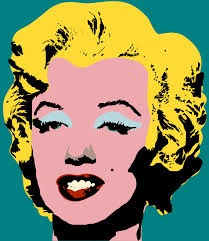
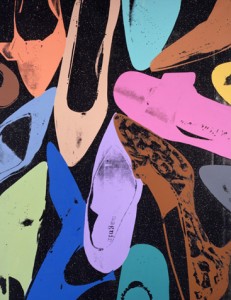
Visual Thinker
As a cutting-edge visual artist, Andy Warhol understood and embraced technology and saw it as the future of contemporary culture and the arts. Warhol lived and breathed the gadgetry of his times in order to continually evolve as an artist and creative thinker.
Warhol was one of those rare artists who did not think technology was counter-productive to art – he instead tried to blend and mesh the two together in a synthetic, yet dissonant, whole.
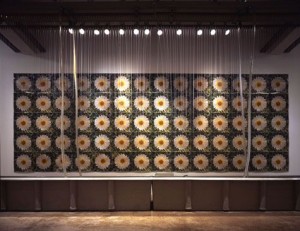
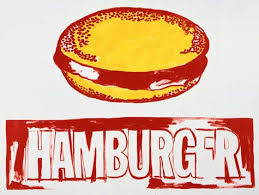
Self portraits
Given Warhol’s sensitivity about his facial features, these self-portraits turn into something akin to explorations of the surface. Not surprisingly, most of the work in this series depicts various facets to Warhol’s self, inviting the consumer’s gaze to probe.
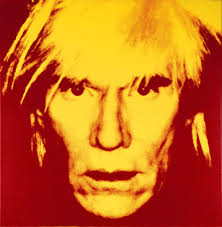
High-art demigod, consummate businessman, or a blend of the two? It’s a continual debate when it comes to the life of artist Andy Warhol.
